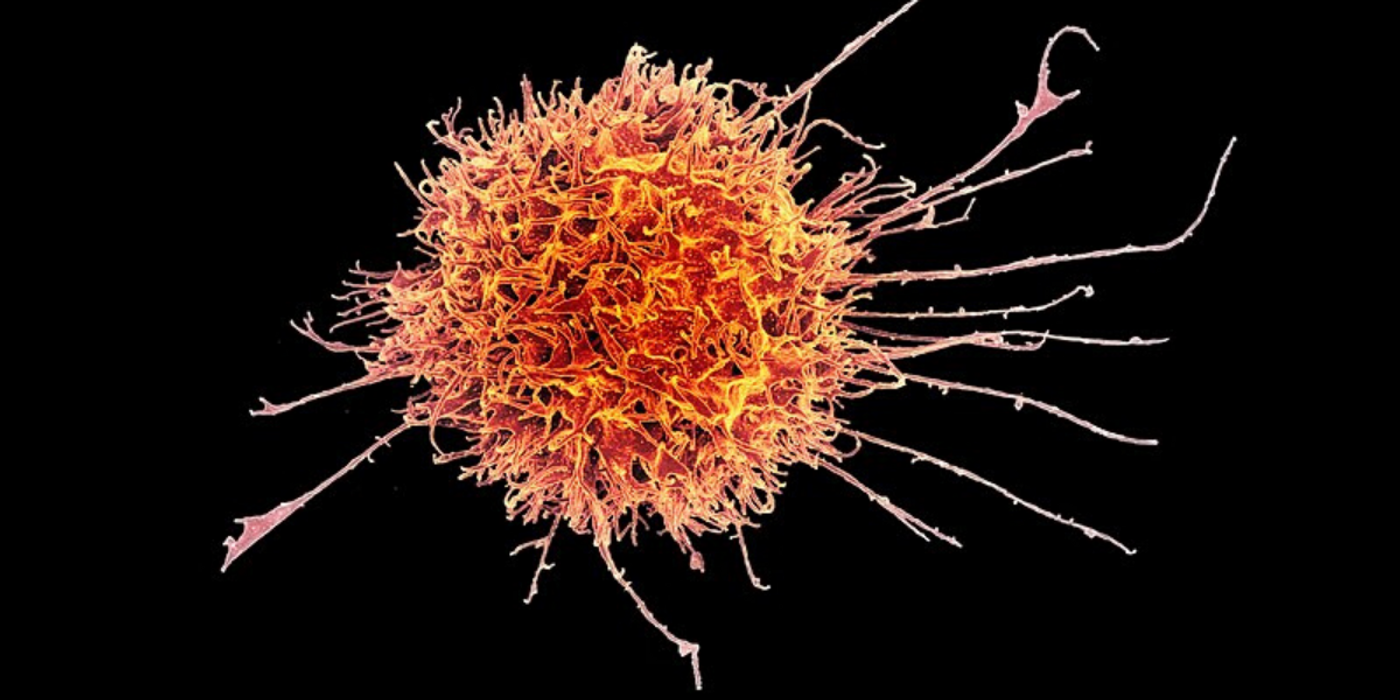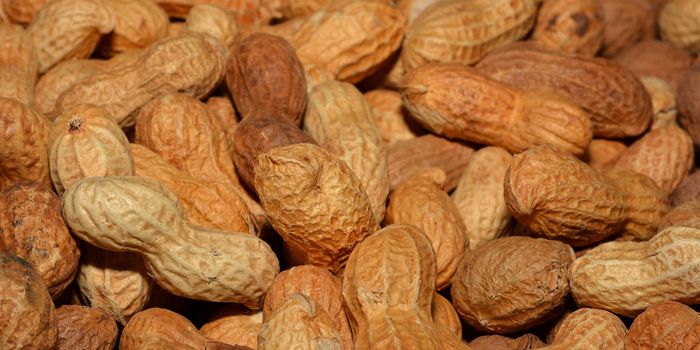Protecting Killer Immune Cells from Themselves
Destroying human cells compromised by viruses and cancer is the name of the game for so-called “killer” cells of the immune system. They employ aggressive tactics to live up to their name, but how can they protect themselves from friendly fire? A new research study identifies the precise protective mechanism.

“Killer” immune cells, namely natural killer (NK) cells and cytotoxic T cells, produce toxic proteins called perforins to target and destroy cancerous and virally-infected cells. Perforin is a glycoprotein that creates pores in the cell membranes of target cells; in this scenario, the target cells are those taken over by cancer or virus. Perforin is a key player in the immune system: the inflammatory response to microbial infection, immune surveillance, immunopathology, autoimmune disease, and allogeneic transplant rejection.
Researchers from the present study found that the more ordered and tightly packed the lipids were in the lipid membrane that makes up the cell surface of killer immune cells, the less perforins bound to the cell surface. When researchers manipulated this order and packing, they observed increased cellular sensitivity to perforin.
However, even when the killer immune cells were experiencing overexposure to perforin - so much so that the perforin stuck to the surface of the cells - they still remained unaffected by perforin’s usual cellular destruction effects. Researchers ultimately discovered that this was thanks to the negative charge of select lipids that were sent to the cell surface; these lipids bound the extraneous perforin and prevented any cellular destruction.
"We have long known that local lipid order can change how cells communicate which each other, but it was rather surprising that the precise physical membrane properties can also provide such an important layer of protection against molecular hole-punchers,” explained joint first author Adrian Hodel.
The study’s findings go beyond simply understanding more about the protective mechanisms employed by killer immune cells. Researchers theorize that cancer cells may mimic this protective action to evade destruction by the immune system. This could be the reason why certain types of cancer are less susceptible than others to immunotherapies, which rely on maximizing the natural power of the immune system to target cancer.
Sources: University College London, Nature Communications, Central European Journal of Immunology








